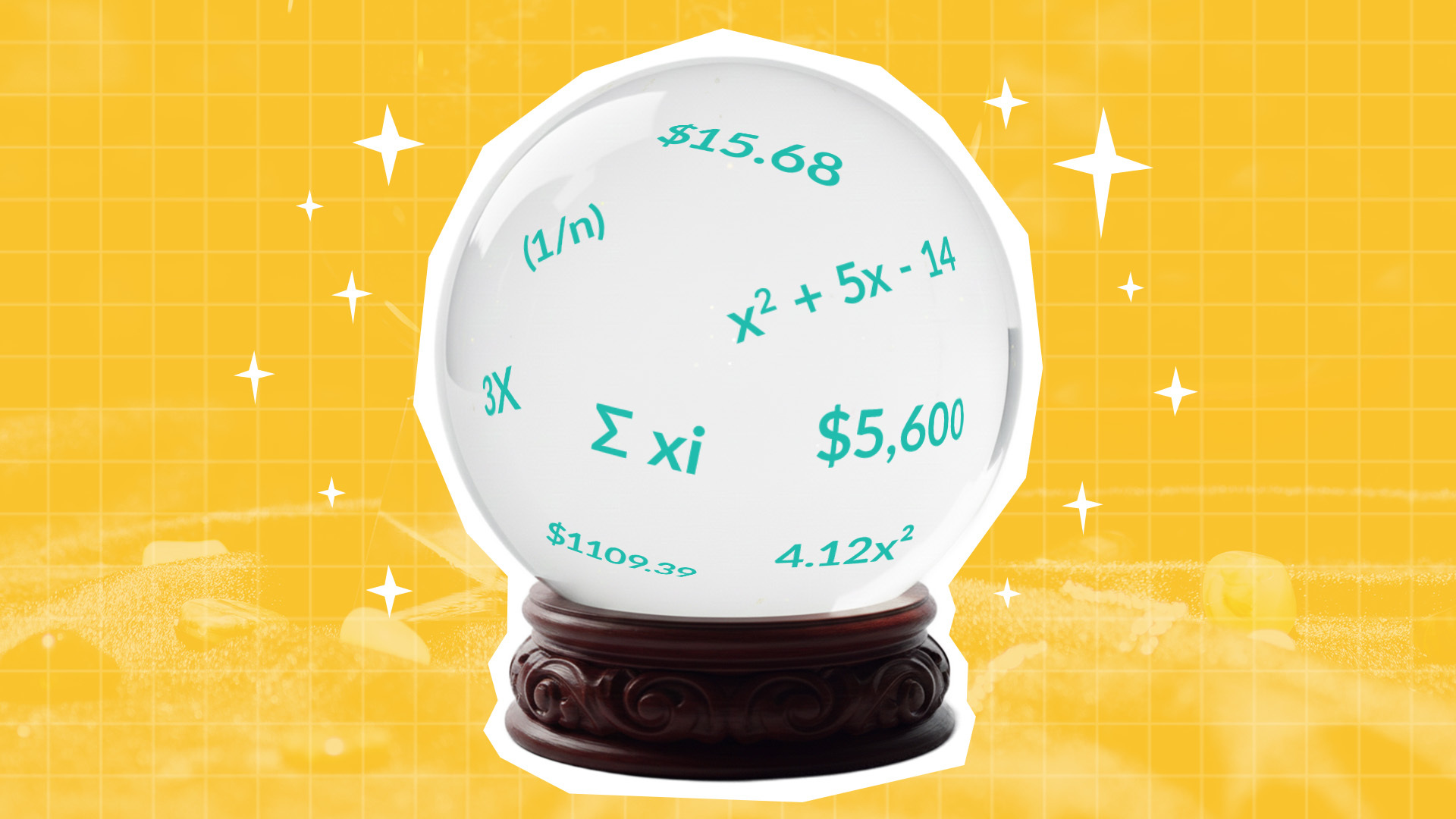
For nonprofits, a strong base of monthly recurring donors, also known as sustainers, is increasingly important in today’s fundraising landscape.
Donors who sign up to give recurring gifts on average have a much higher lifetime value compared to single-gift donors. Additionally, a strong base of sustainers provides organizations with a more predictable and reliable stream of income.
While it is commonly accepted that sustainers are valuable assets to nonprofit organizations, it is a common fear that converting large-gift donors to sustainers will cause them to decrease their gift amounts and therefore downgrade their donor value. However, research at Masterworks has shown otherwise.
Looking at giving in the year following a sustainer sign-up, we see an immediate lift in donor value across all donor value ranges. Averaging across the 16 organizations included in this study, we see a lift in donor value for all giving tiers. This shows that, regardless of a donor’s current giving level, an organization will likely see an immediate value increase in the 12 months after the donor signs up as a sustainer.

Though higher giving tiers see a lower percentage lift in value, this is exactly because those gifts are larger in dollar amount. Looking at the increase in terms of dollar value shows that higher-valued sustainers are bringing in far more dollars after their conversion.
As the name suggests, the value of sustainers lies in their sustained giving, seen clearly through retention rates. When comparing sustainers and non-sustainers that gave within the same period, we found that 86% of those who became sustainers retained in their second year, compared to only 53% of non-sustainers. Expanding this analysis into a two-year view of donor value shows that improved retention substantially increases the upgrade lift. As sustainers are more likely to retain, their long-term value increasingly outpaces that of non-sustainers over time.

So what does this mean?
The decision to convert donors into sustainers proves to be invaluable for nonprofit organizations regardless of the donor’s initial giving tier. Even when high-value donors choose to adjust their giving amounts when converting to recurring donations, the long-term benefits far outweigh any immediate reduction in gift amount. The cumulative value over time from recurring donations surpasses what these donors might have contributed sporadically in the past — not to mention that many will continue to give additional single-gift contributions outside of their recurring commitments.
Organizations should not be afraid to embrace the strategy of converting donors across value ranges into sustainers. This approach will not only yield increased revenue over time but will also add an additional level of predictability and stability that is desperately needed in today’s fundraising environment.









.jpg)



